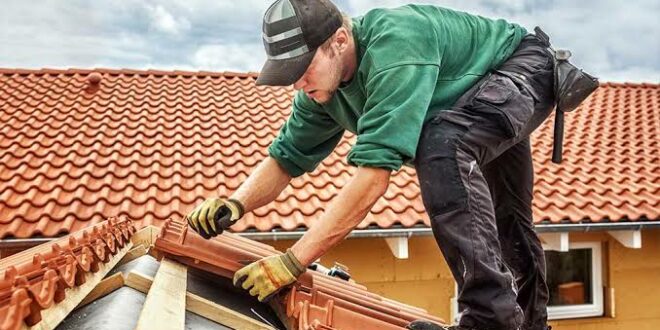Your home’s roof is more than just a structural element; it’s your first line of defense against the elements. A reliable roof not only protects you from rain, wind, and sun but also ensures your peace of mind. With various roofing materials and options available, making the right choice for your home can be a daunting task. In this blog, we’ll guide you through the essential considerations for selecting a dependable roof that can weather any storm.
1. Material Matters
The first decision you’ll need to make is the type of roofing material that suits your needs. Here are some common options:
- Asphalt Shingles: These are the most popular roofing materials due to their affordability and durability. They come in a variety of styles and colors to match your home’s aesthetics.
- Wood Shingles or Shakes: If you desire a more natural look, wood shingles or shakes are a classic choice. They add character to your home but require regular maintenance to prevent rot or pests.
- Metal Roofing: Metal roofs are known for their longevity and durability. They’re resistant to fire, wind, and hail, making them an excellent choice for areas with extreme weather conditions.
- Tile and Slate: Tile and slate roofing materials offer a timeless and elegant appearance. They are heavy and require a sturdy structure to support their weight.
- Synthetic Roofing Materials: These materials mimic the look of natural materials, such as wood or slate, but are more cost-effective and require less maintenance.
- Flat Roofing: Flat roofs are common in commercial buildings but can also be found in residential homes. They are ideal for modern architecture and can provide additional outdoor living space.
2. Climate Considerations
Your local climate should play a significant role in your roofing material selection. For example:
- In areas prone to heavy rain or snow, durable and water-resistant materials like metal or asphalt shingles are advisable.
- In regions with extreme heat or sun exposure, materials that reflect sunlight and heat, such as metal or light-colored tiles, can help keep your home cool and energy-efficient.
- In hurricane-prone areas, metal roofing or impact-resistant materials can provide additional protection against strong winds and debris.
- In cold climates, consider roofing materials that are good insulators to help conserve heat and reduce energy costs.
3. Roof Pitch and Design
The slope or pitch of your roof is another critical factor. Some roofing materials work better on certain roof designs:
- Steep-pitched roofs are suitable for materials like asphalt shingles, metal, or tile.
- Low-pitched or flat roofs may require specific roofing materials designed for this type of roof, such as built-up roofing or modified bitumen.
- The architectural style of your home can also influence your roofing material choice. For instance, Mediterranean-style homes often feature clay tile roofs, while colonial-style houses may have asphalt shingle roofs.
4. Longevity and Maintenance
Consider the longevity of your chosen roofing material. While some materials, like metal, can last for several decades with minimal maintenance, others may require more frequent repairs or replacement. Regular roof inspections and maintenance are essential to prolonging the life of your roof and ensuring it remains reliable.
5. Local Building Codes
Local building codes and regulations may influence your roofing material choices. These codes may dictate fire resistance, wind resistance, or other factors that can affect your roofing options. It’s essential to check with your local authorities or consult with a roofing professional to ensure compliance with these regulations.
6. Hire a Professional
Choosing a reliable roof involves more than just selecting the right materials. Proper installation is equally crucial for ensuring your roof’s longevity and performance. It’s strongly recommended to hire a reputable roofing contractor with experience in the specific roofing material you’ve chosen. Professionals can also assess your roof’s structural integrity and make any necessary repairs or reinforcements before installation.
7. Maintenance and Inspection
Once you’ve installed your roof, don’t neglect its maintenance and regular inspections. A well-maintained roof can last longer and provide better protection. Inspect your roof at least once a year and after severe weather events. Look for signs of damage, such as missing shingles, leaks, or cracked tiles, and address them promptly.
Conclusion
Your home’s roof is a significant investment, and choosing the right roofing material is essential for weatherproofing your peace of mind. By considering factors like your local climate, roofing material durability, and professional installation, you can ensure your roof provides reliable protection for your home and loved ones. Don’t hesitate to consult with roofing professionals who can guide you through the selection and installation process, ensuring your roof remains a steadfast shield against the elements.
Riverside Roofing https://www.riverside-roofing.com/

